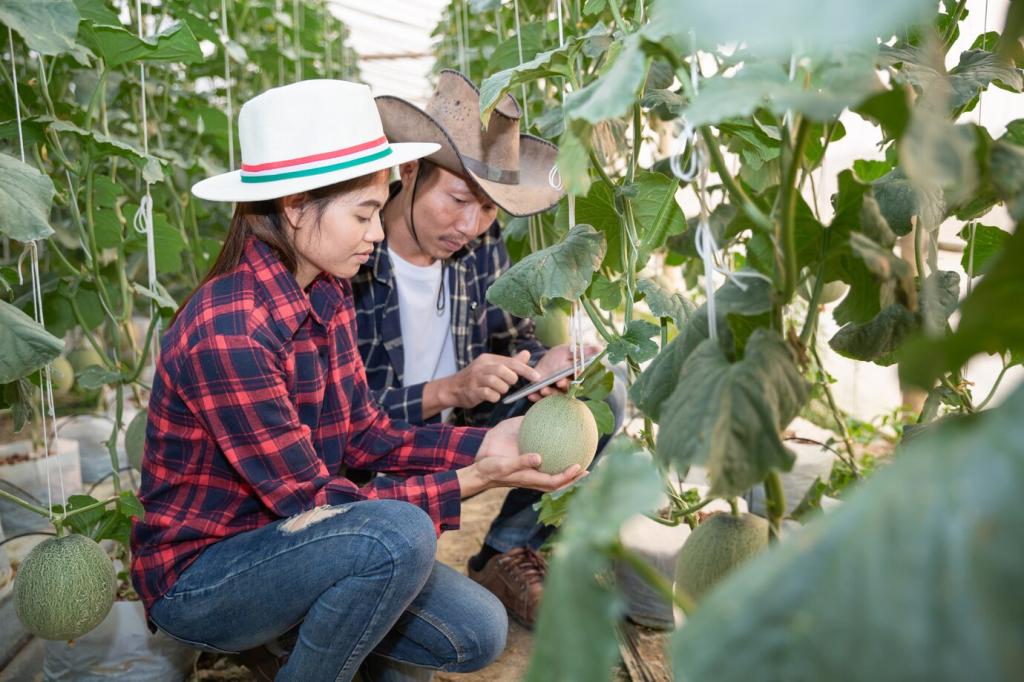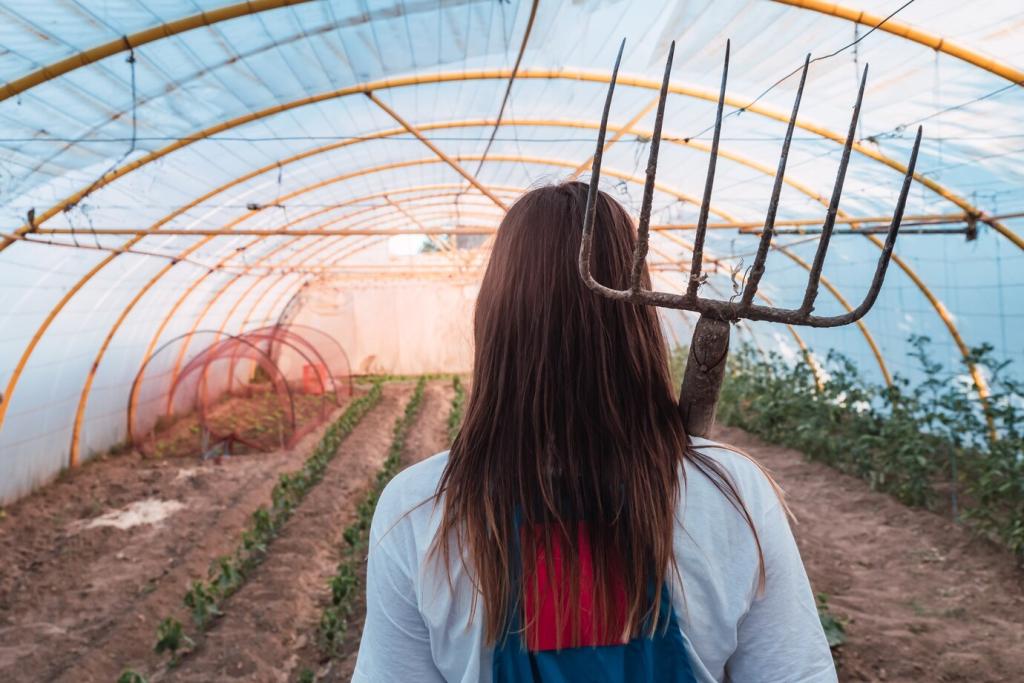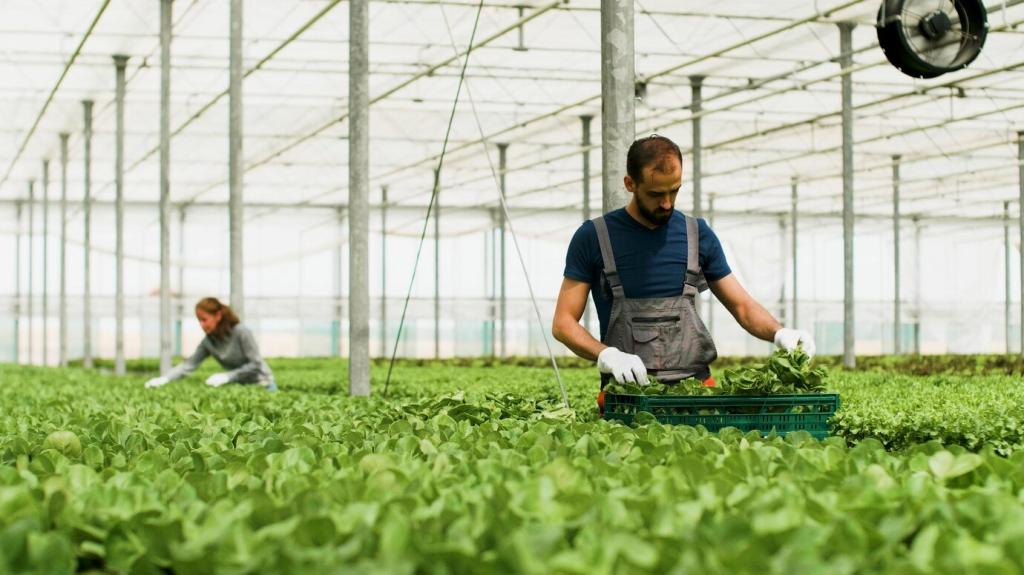Green Roofs and Vertical Farming Solutions
Embracing green roofs and vertical farming solutions represents a transformative shift in modern urban development. These innovations are redefining how cities approach sustainability, resilience, and food production. By blending architecture with agriculture, green roofs and vertical farms elevate the urban landscape—improving air quality, increasing food security, mitigating climate change, and providing aesthetic and mental health benefits. This page explores the core aspects, benefits, technologies, and future directions of these groundbreaking solutions, revealing how they create healthier, more vibrant cities for all.
Integrating Nature with Urban Architecture
The Rise of Green Roofs
Green roofs have gained widespread popularity across metropolitan areas worldwide, as municipalities and developers embrace their ecological and economic value. Installing soil and hardy plants atop commercial and residential buildings not only cools rooftops but also contributes to biodiversity by creating habitats for birds and insects. This trend exemplifies how functional architectural elements can double as ecological assets, benefiting both building owners and city dwellers.
Vertical Farming in Urban Environments
Vertical farming takes urban agriculture to new heights by utilizing advanced systems to grow crops in stacked layers inside buildings or disused warehouses. Through climate-controlled environments, hydroponics, and LED lighting, these farms can yield fresh produce year-round with minimal water and land use. As urban populations expand and arable land becomes scarcer, vertical farming presents a blueprint for efficient, local food production right in the heart of cities.
Green Spaces for Modern Cities
Incorporating green roofs and vertical farms brings much-needed green space back into concrete jungle corridors. These features provide residents with visible connections to nature—offering visual relief, enhancing property value, and creating communal areas for relaxation and recreation. By weaving greenery through the urban fabric, cities can combat the psychological stresses of dense living while restoring a sense of balance with the natural world.

Reducing Urban Heat and Energy Demand
Urban areas often suffer from the heat island effect, where concrete and asphalt surfaces trap heat and drive up temperatures. Green roofs act as natural insulators, absorbing sunlight and buffering buildings against heat fluctuations. This insulation reduces the need for air conditioning, lowering energy consumption and greenhouse gas emissions. Over time, entire neighborhoods can experience cooler, more pleasant microclimates, enhancing urban comfort and sustainability.

Enhancing Air and Water Quality
Plants on rooftops and in vertical farms filter airborne pollutants, improving the air residents breathe. They capture particulates and absorb carbon dioxide, offsetting emissions from traffic and industry. Furthermore, green roofs absorb rainwater, slowing runoff, reducing the burden on stormwater systems, and filtering pollutants before they reach waterways. Collectively, these features contribute to cleaner, healthier urban environments with improved ecological function.

Promoting Circular Resource Use
Vertical farms exemplify circular resource strategies by periodically recycling water and nutrients within closed systems. Many operations utilize renewable energy, repurpose existing buildings, and consistently reduce food miles by offering hyperlocal harvests. Combined with green roofs, which extend roof lifespan and reduce waste, these agricultural practices create urban systems that prioritize regeneration and long-term environmental stewardship, laying the groundwork for a sustainable urban future.
Advanced Substrates and Membrane Layers
At the heart of green roof technology lie specially engineered substrates and waterproof membrane layers. Modern green roofs utilize lightweight, high-performance growing mediums that support plant life without overburdening structures. Beneath these layers, durable membranes prevent water intrusion and protect building integrity, while promoting drainage and aeration. This careful engineering unlocks the potential to retrofit both new and existing urban roofs for ecological functions.

Smart Farming Systems and Urban Agriculture
Vertical farming has advanced rapidly thanks to the adoption of smart technologies. Sophisticated irrigation systems deliver just the right amount of water and nutrients, while sensors monitor plant health and environmental conditions in real time. Automated lighting and climate controls create optimal growing conditions for a wide variety of crops. These innovations make urban agriculture highly productive, resource-efficient, and resilient to external factors like weather and pests.
